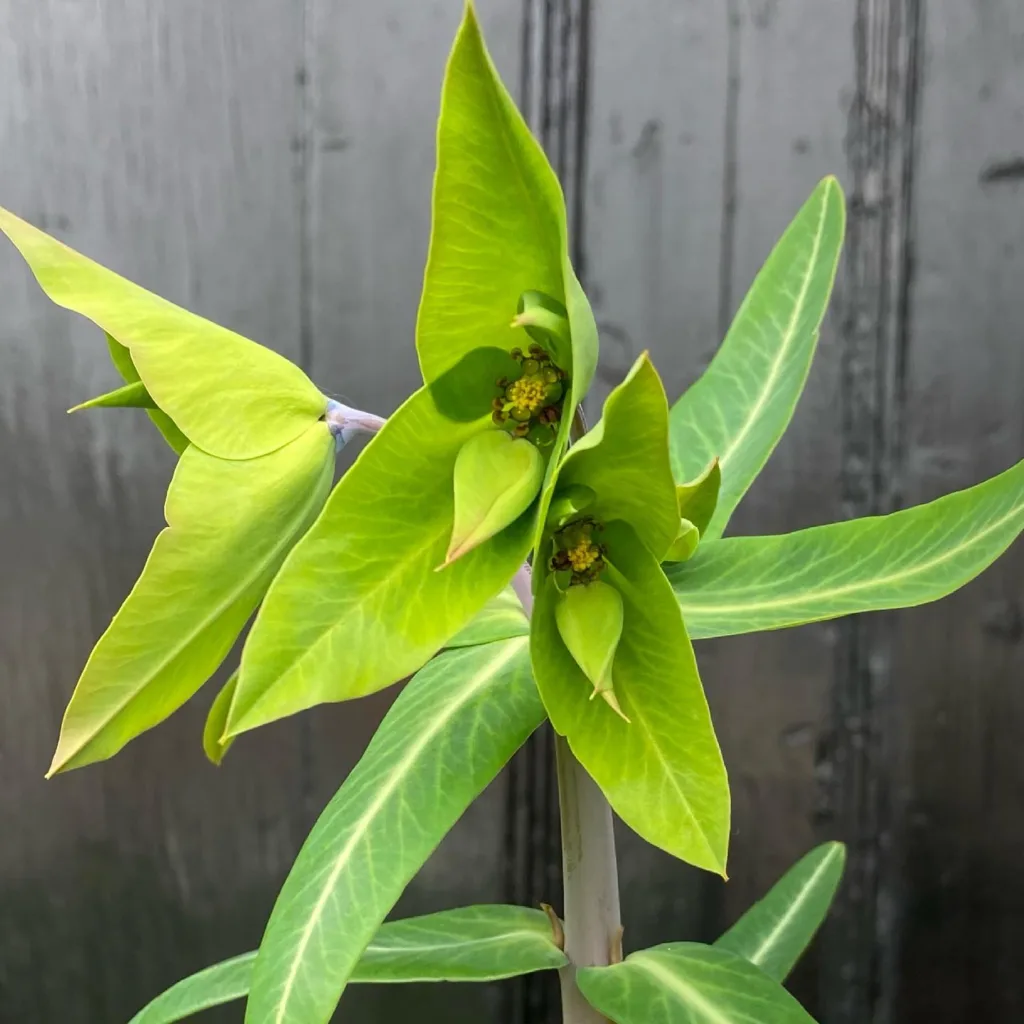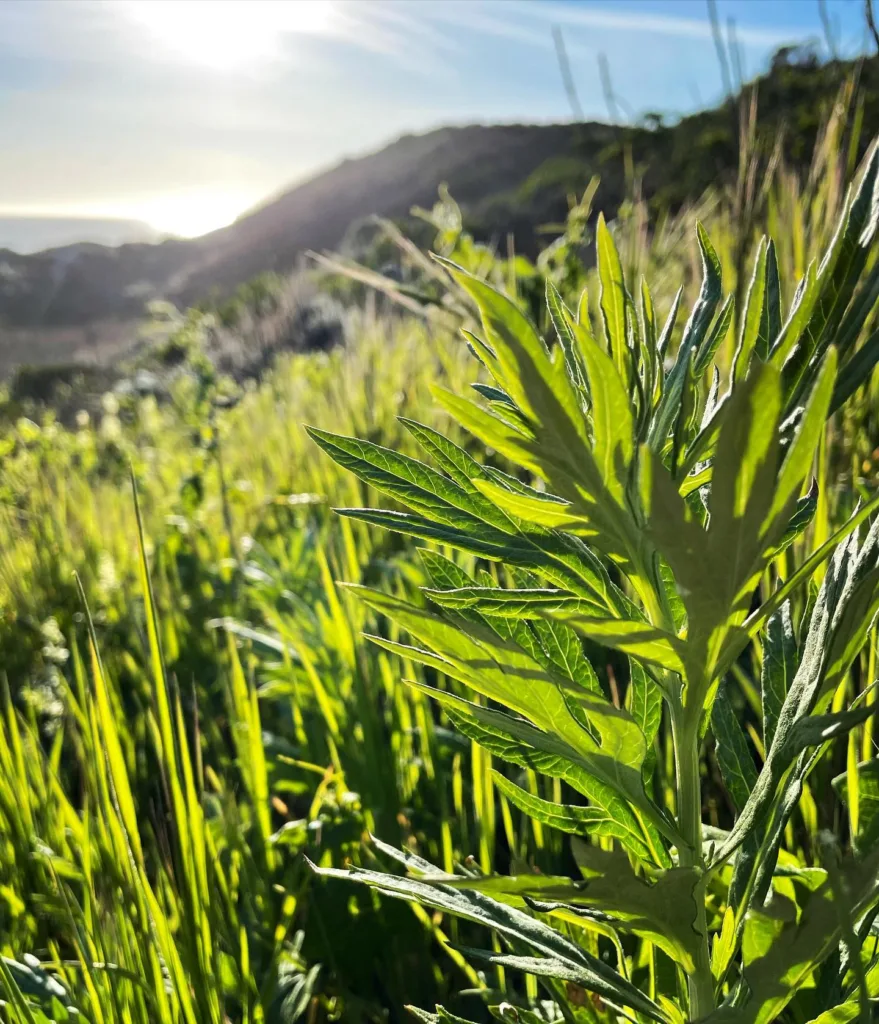FAQs About Aloe Marlothii: Your Ultimate Guide
As a plant enthusiast, I’ve had the pleasure of growing a variety of unique plants in my collection. One of the standout species I’ve come across is Aloe Marlothii. This plant, native to South Africa, has garnered attention for its striking appearance and intriguing characteristics. Here’s a comprehensive guide addressing frequently asked questions about Aloe Marlothii.
605 Species in Genus Aloe
What Is Aloe Marlothii?
Aloe Marlothii is a stunning succulent known for its rosette shape and spiky leaves. Its leaves are thick, fleshy, and adorned with white, tooth-like spines along the edges, which give it a unique, dramatic look. The plant can grow up to 2 feet in height and spread out as wide, making it a fantastic centerpiece for any garden or indoor space. It produces tall, tubular orange flowers, usually in the winter, adding a splash of color to its overall appearance.
Is Aloe Marlothii Edible?
Unlike some other aloe species, Aloe Marlothii is not typically considered edible. While Aloe Vera is famous for its soothing gel used in skincare and digestive remedies, Aloe Marlothii does not share these properties. Consuming Aloe Marlothii is not recommended, as it does not have the same beneficial compounds found in Aloe Vera. If you’re looking for an aloe plant for consumption or topical use, Aloe Vera is the better choice.
Aloe Marlothii vs. Ferox
Comparing Aloe Marlothii with Aloe Ferox reveals some distinct differences. Aloe Ferox, also known as the Bitter Aloe, is native to South Africa and is renowned for its medicinal properties and tall, bright orange flower spikes. In contrast, Aloe Marlothii has a more compact growth habit and produces shorter flower spikes. Both species have their unique visual appeal and uses, but Aloe Ferox is more commonly used for its health benefits, while Aloe Marlothii is valued more for its ornamental qualities.
Aloe Marlothii vs. Aloe Vera
When comparing Aloe Marlothii to Aloe Vera, the differences become even more apparent. Aloe Vera is well-known for its gel, which is used in a variety of health and cosmetic applications. It has a softer texture and a more soothing gel that is safe for consumption and topical use. On the other hand, Aloe Marlothii, while beautiful, does not have the same gel-like qualities or health benefits as Aloe Vera. Aloe Marlothii is more suited for decorative purposes rather than medicinal uses.
How to Care for Aloe Marlothii?
Caring for Aloe Marlothii is relatively straightforward, making it a great plant for both beginners and seasoned gardeners. Here are some essential care tips:
- Light: Aloe Marlothii thrives in bright, indirect light. It can tolerate direct sunlight but may need some protection during the hottest part of the day to prevent sunburn.
- Watering: This plant is drought-tolerant and prefers infrequent watering. Allow the soil to dry out completely between waterings to avoid root rot. During the winter months, reduce watering further.
- Soil: A well-draining soil mix is crucial. Use a cactus or succulent mix to ensure proper drainage.
- Temperature: Aloe Marlothii prefers warm temperatures and should be protected from frost. It can tolerate temperatures as low as 30°F (-1°C) but will do best in temperatures above 50°F (10°C).
How to Propagate Aloe Marlothii?
Propagating Aloe Marlothii can be done through offsets or pups, which are small plantlets that grow around the base of the mature plant. Here’s a simple method:
- Remove the Offsets: Gently separate the offsets from the main plant, ensuring they have their own roots.
- Let Them Dry: Allow the offsets to dry for a day or two to form a callus over the cut area. This helps prevent rot when planted.
- Plant: Place the offsets in a well-draining succulent mix and water sparingly until established.
What to Plant With Aloe Marlothii?
Aloe Marlothii pairs well with other succulents and cacti, creating a visually appealing, low-maintenance arrangement. Consider planting it alongside species like Echeveria, Haworthia, or other Aloe varieties. These plants have similar light and soil requirements, ensuring they thrive together in a shared space.
Can You Grow Aloe Marlothii Indoors?
Yes, Aloe Marlothii can be grown indoors, provided it receives enough light. A south-facing window is ideal, or you can use grow lights to supplement natural light. Ensure good air circulation to prevent fungal issues and keep an eye on watering, as indoor conditions may dry out the soil more slowly than outdoor environments.
Is Aloe Marlothii Toxic?
Aloe Marlothii is not considered toxic to humans or pets. However, ingestion of any aloe plant material can cause digestive upset in some animals. As with any plant, it’s best to keep it out of reach of pets and small children to avoid any potential issues.
Benefits of Aloe Marlothii
While Aloe Marlothii may not have the health benefits associated with Aloe Vera, it offers significant ornamental value. Its striking appearance makes it a standout plant in any garden or indoor setting. Additionally, its low maintenance requirements make it an excellent choice for those who want a beautiful, easy-to-care-for plant.
Common Problems with Aloe Marlothii
Common issues with Aloe Marlothii include:
- Overwatering: This can lead to root rot. Ensure proper drainage and allow the soil to dry out completely between waterings.
- Sunburn: While it can tolerate bright light, direct sunlight during peak hours may cause leaf burn. Provide some shade if needed.
Conclusion
Aloe Marlothii is a remarkable plant with distinctive features and specific care requirements. Whether you’re comparing it with other aloe species or adding it to your collection, understanding its unique attributes will help you enjoy its beauty to the fullest. Its ornamental appeal and easy care make it a valuable addition to any plant enthusiast’s collection.
If i die, water my plants!



